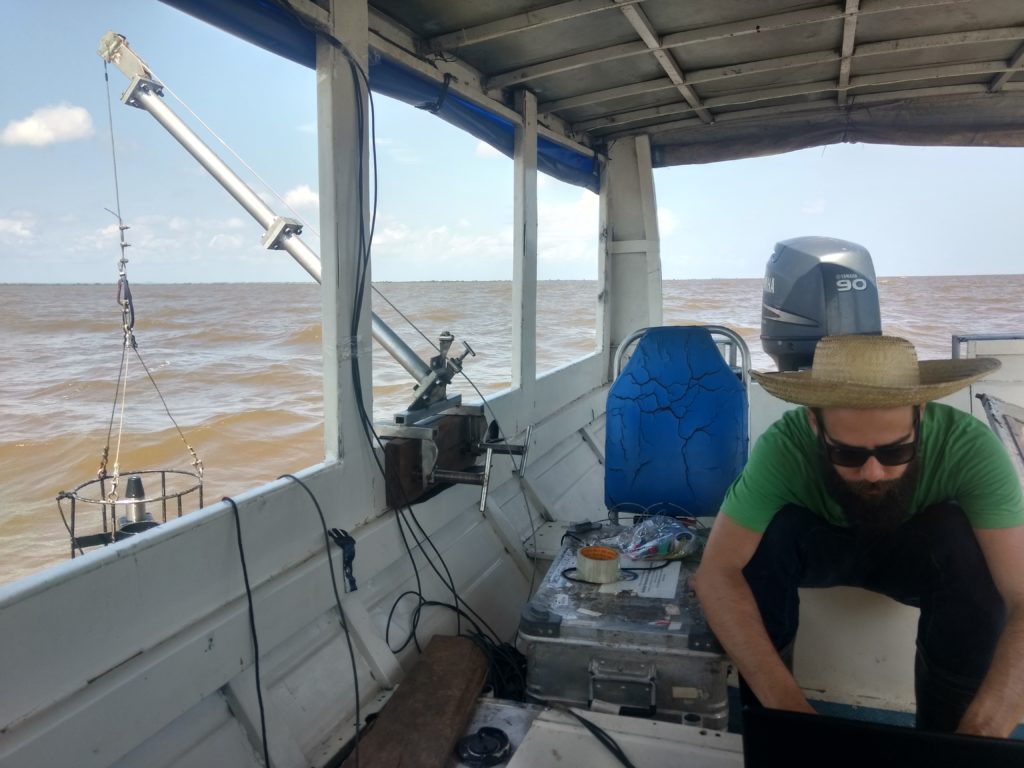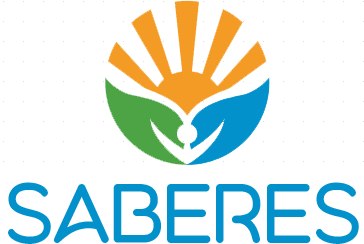Our WP1 tasks address major limitations of the current generation of floodplain vegetation/inundation maps and methods, including: 1) production of static maps, time-consuming to produce, not easily updated, and without integration of vegetation and water properties information; 2) lack of information on the vertical structure of vegetation; and 3) lack of information on phytoplankton and water properties of small lakes and channels. T1.1 We will apply the method of Silva & Vancine (2018) to our study region, using the Hess et al. (2015) habitat map as a base and incorporating both ALOS PALSAR and Sentinel-1 fine-resolution data in an automated fashion to generate updated, high-resolution (12.5m) mapping.
These will be combined with maps of sediment regime (Fassoni-Andrade & Paiva 2019) to generate a key new biodiversity product: the extent of várzea (hi-sediment) and igapó (low-sediment) forest types for the lower Amazon floodplain. T1.2. Very few studies to date have acquired LiDAR for Brazilian wetlands because of cost and access issues. We will use a drone-based LiDAR (YellowScan Vx-20 integrated LiDAR system, including RIEGL miniVUX LiDAR) to characterize wetland vegetation height and structure and improve in situ knowledge for habitat mapping and generation of a bare-earth DEM.
We will test extraction of wetlands tree crowns from LiDAR point clouds using adaptive mean shift 3D decomposition models (AMS3D). T1.3. We wll fill the gap in information about fine-scale changes in phytoplankton biodiversity driven by local factors such as floodplain forest fragmentation and climate-driven changes in floodplain hydrodynamics, using PlanetScope 3.7m imagery acquired daily. We will build a time series of bloom in the different phases of the flood-pulse and assess the viability of adapting published algorithms for distinguishing the occurrence of cyanobacteria.

